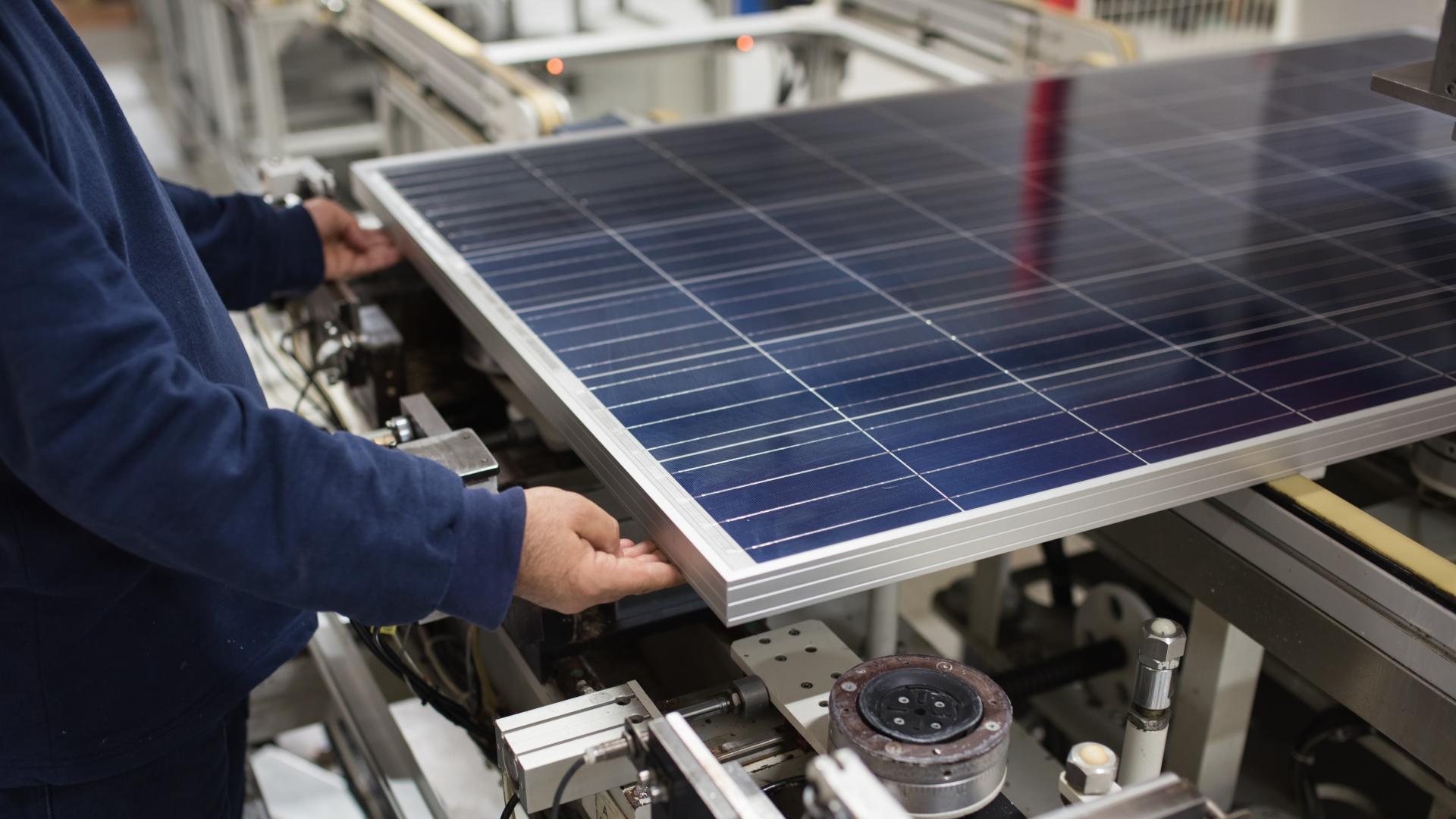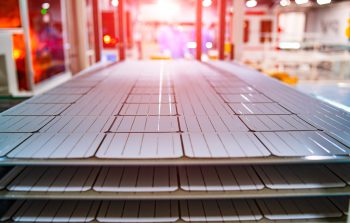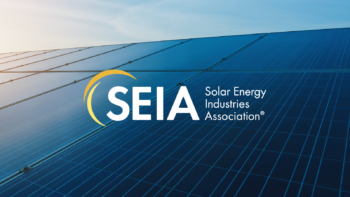Supply Chain Woes Call Attention to Solar Manufacturing Possibilities

The U.S. solar industry achieved a critical milestone this year, surpassing 100 gigawatts (GW) of installed electric generating capacity. While the industry continues to experience tremendous growth, rising costs in the solar sector pose a major threat to this momentum. Fortunately, there are smart policy solutions, like investments in domestic manufacturing, that can help.
The U.S. solar industry achieved a critical milestone this year, surpassing 100 gigawatts (GW) of installed electric generating capacity. While the industry continues to experience tremendous growth, rising costs in the solar sector pose a major threat to this momentum. Fortunately, there are smart policy solutions, like investments in domestic manufacturing, that can help.
According to the U.S. Solar Market Insight Q2 2021 report, supply chain constraints for critical solar components, such as polysilicon, steel, aluminum, and semiconductor chips, are leading to higher prices.
Other areas of our economy are also experiencing a supply side squeeze, especially the shipping and logistics sector, which continues to be in high demand during the pandemic. Virtually every part of the shipping and logistics sector has been impacted, from the availability of shipping containers to the workers needed to fill the containers and drive the trucks, all of which leads to delivery delays for solar products and uncertainty for solar customers.
These challenges have a cascading effect on the solar industry and are beginning to add up for solar developers and installers. Policies that raise costs for the solar industry, like the Section 201 tariffs and the tariffs on aluminum and steel, only exacerbate these challenges.
Now more than ever, we need to diversify the solar supply chain and bring additional manufacturing capacity to the United States. In addition to supporting American businesses and products, we have a real opportunity to create well-paying jobs in every zip code and make serious progress on our ambitious clean energy and climate goals.
But solar manufacturing is global in scale, and intensely competitive. The U.S. is being outspent by other governments in nearly every facet of solar manufacturing and will need to make major investments to catch up.
First and foremost, the solar industry needs stable, long-term policies and investments in manufacturing that create business certainty. Businesses need to know the rules of the road in order to plan ahead and make the major capital investments needed to build manufacturing capacity. Once these stable, long-term demand drivers are in place, the U.S. needs to incentivize investments in production capacity and support ongoing factory production.
Recently, Senator Jon Ossoff (D-GA) introduced the Solar Energy Manufacturing for America Act alongside Senators Reverend Raphael Warnock (D-GA), Michael Bennet (D-CO), and Debbie Stabenow (D-MI). This commonsense legislation will provide tax credits for American manufacturers at every stage of the solar manufacturing supply chain, from polysilicon to solar cells to fully assembled solar modules.
In support of Senator Ossoff’s proposal and the effort to reach 100 GW of annual renewable energy manufacturing capacity, SEIA announced a new target of 50 GW of annual domestic production capacity by 2030, a ten-fold increase from where we are today.
This ambitious goal aims to dramatically ramp up American solar manufacturing capacity which would cover all key elements of a solar energy system, including polysilicon, ingots and wafers, cells and modules, racking and trackers and inverters.
In order to fill critical gaps in our supply chain and address the trend of rising costs, it is essential to increase domestic solar production in the U.S. It will take bold action to provide the support the American solar industry needs to expand this capacity.
Senator Ossoff’s legislation is an important step forward, and we’re calling on all members of the U.S. Senate and the House of Representatives to join this effort to make the U.S. a global powerhouse for solar production.
Learn more about SEIA’s solar manufacturing policy proposals and priorities during the Solar+ Decade.
—



